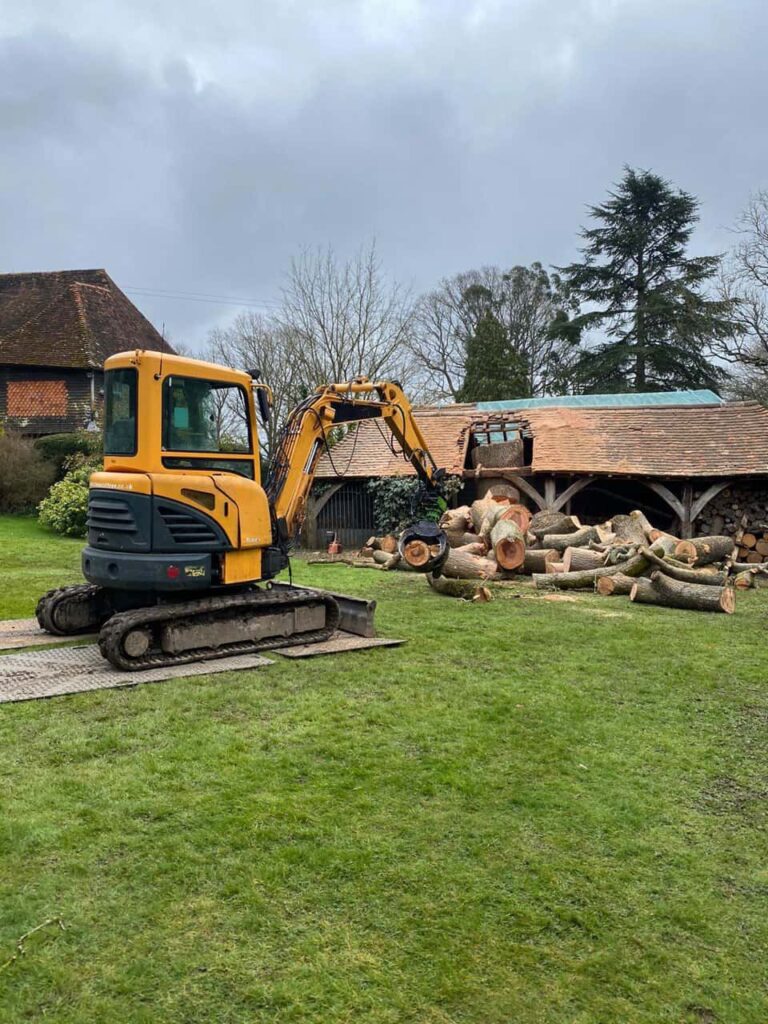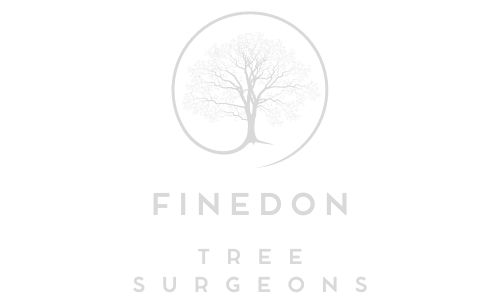Tree Reshaping for Coastal Properties: Wind and Salt Tolerance
Introduction: Coastal properties offer breathtaking views and a unique lifestyle, but they also come with specific challenges, including exposure to strong winds and salt-laden air. These environmental factors can significantly impact the health and appearance of trees. Tree reshaping for coastal properties is crucial for ensuring the long-term vitality of trees while maintaining their aesthetic appeal. In this blog post, Finedon Tree Surgeons will explore the importance of tree reshaping in coastal areas, focusing on wind and salt tolerance.
Challenges of Coastal Environments
Coastal areas are characterised by several environmental factors that can stress trees:
- Strong Winds: Coastal locations often experience strong, persistent winds that can damage branches, compromise tree stability, and impede healthy growth.
- Salt Spray: Salt-laden air from the ocean can lead to salt stress, which can negatively affect a tree’s ability to absorb water and nutrients, ultimately leading to decline.
- Soil Salinity: Coastal soils may contain higher salt levels, exacerbating tree salt stress.
- Drought Conditions: Coastal regions may experience periods of drought, which can add stress to trees already dealing with salt and wind challenges.
Tree Reshaping for Coastal Properties
Tree reshaping in coastal areas requires a combination of careful planning and consideration of the unique challenges posed by wind and salt. Here’s how it can help:
- Wind Resistance: Proper tree reshaping techniques can reduce wind resistance by selectively removing branches that create wind-catching sail effects. This improves the tree’s stability and reduces the risk of wind-related damage.
- Salt Tolerance: Reshaping can encourage the growth of salt-tolerant tree species or varieties better suited to coastal conditions. These trees are more resilient to salt stress and thrive in such environments.
- Structural Integrity: Tree reshaping promotes a strong and balanced structure that can better withstand the forces of coastal winds, reducing the risk of branch breakage.
- Improved Aesthetics: Aesthetically pleasing reshaping can enhance the visual appeal of trees on coastal properties, creating a more inviting and beautiful landscape.
Selecting Wind and Salt-Tolerant Species
When reshaping trees for coastal properties, it’s essential to consider the suitability of tree species. Here are some wind and salt-tolerant options:
- Live Oak (Quercus virginiana): Known for its resistance to salt spray and strong winds, it is a classic choice for coastal properties.
- Bald Cypress (Taxodium distichum): This tree is highly adaptable to saltwater and has a distinctive appearance that adds character to coastal landscapes.
- Eastern Red Cedar (Juniperus virginiana): Resilient to salt and wind, this evergreen tree provides year-round greenery and is excellent for coastal windbreaks.
- Black Mangrove (Avicennia germinans): Native to coastal areas, the black mangrove thrives in saltwater environments and can tolerate strong winds.
- Windbreak Plantings: Creating windbreaks with a mix of wind-resistant species can provide added protection to other trees on your coastal property.
Professional Guidance
Coastal tree reshaping requires a deep understanding of local conditions and the specific needs of trees in such environments. Consulting with certified arborists like Finedon Tree Surgeons is essential for effective tree reshaping, ensuring trees thrive and remain resilient in coastal settings.
Conclusion: Tree reshaping for coastal properties is essential for preserving the health and beauty of trees while addressing the unique challenges posed by strong winds and salt exposure. By selecting wind and salt-tolerant species and employing professional tree-reshaping techniques, coastal property owners can create resilient and picturesque landscapes that withstand the rigours of coastal living.
Call us on: 01933 426 193
Click here to find out more about Finedon Tree Surgeons
Click here to complete our contact form and see how we can help with your tree’s needs.

